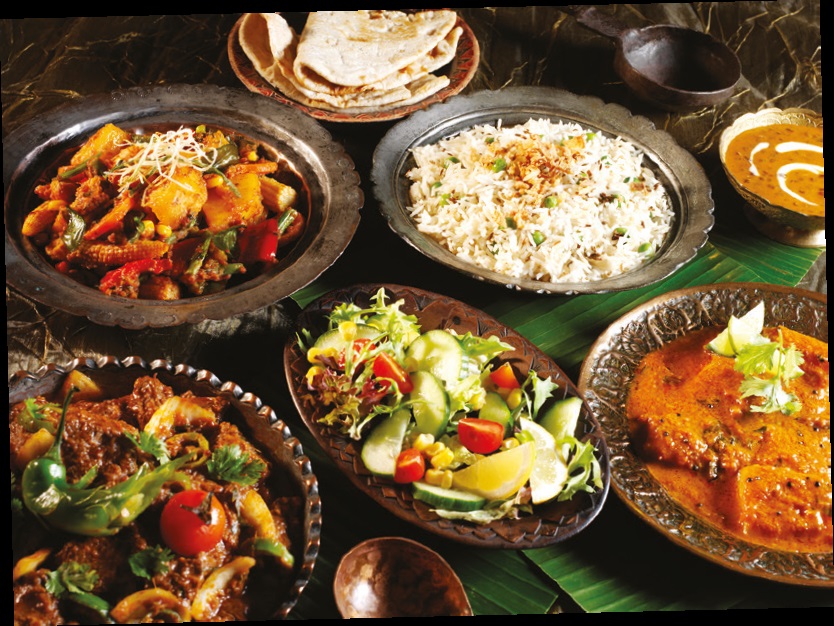Indian Cuisine
Indian food has a unique taste and uses many different cooking methods. It includes a wide variety of regional and traditional cuisines native to India.
Indian cuisine includes pearl millet, rice, whole-wheat flour and a variety of lentils. Chickpeas, kidney beans, and black-eyed peas are also very popular, especially in the northern regions. Many Indian dishes are cooked in vegetable oil, but peanut oil is also popular in northern and western India, mustard oil in eastern India and coconut oil along the western coast.
Foods of India are better known for their spiciness. Thanks to the spices, Indian cuisine has shaped the history of international relations: the spice trade between India and Europe is believed to have accelerated the ‘Age of Discovery’. Spices were brought from India and traded around Europe and Asia.
Every single spice used in Indian dishes contains nutritional as well as medicinal properties. Cinnamon, for example, can help control blood-sugar problems. The bright orange spice Turmeric not only adds colour to your food but also helps to treat arthritis, heartburn, stomach pain and many other illnesses.
Indian cuisine has an added bonus for vegetarians. For them, it’s one of the friendliest cuisines around the world. It includes potatoes, cauliflower, peas and eggplant with spices and sauces.
Traditionally, meals in India are eaten while seated either on the floor or on very low stools or cushions. Food is most often eaten with the right hand rather than cutlery.
Indian food is influenced by climate, culture, ethnic groups and occupations. It is also heavily influenced by religious and cultural choices and traditions. Cultural interactions with other societies have also helped Indian cuisine to evolve into the meals we know today.

